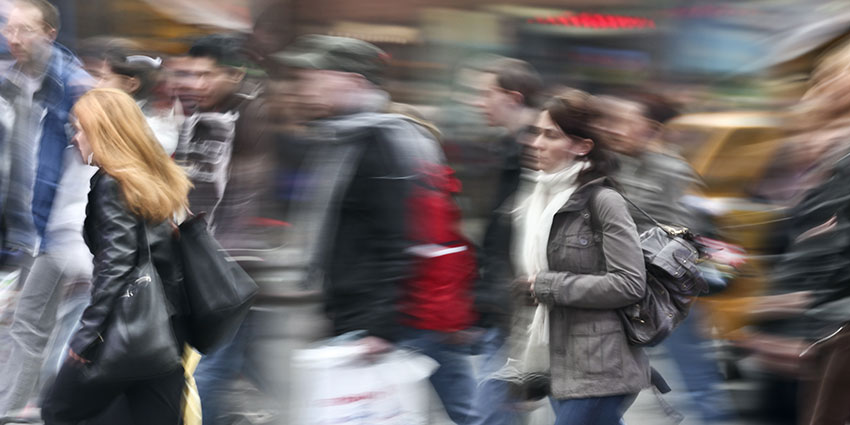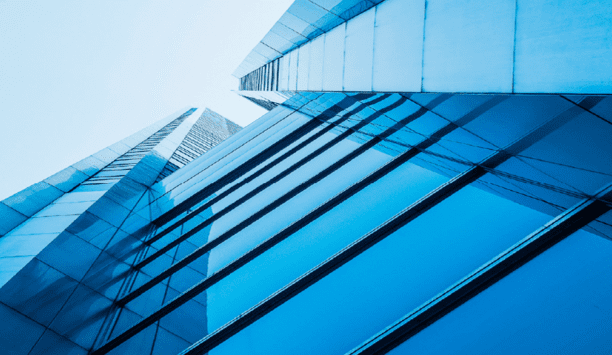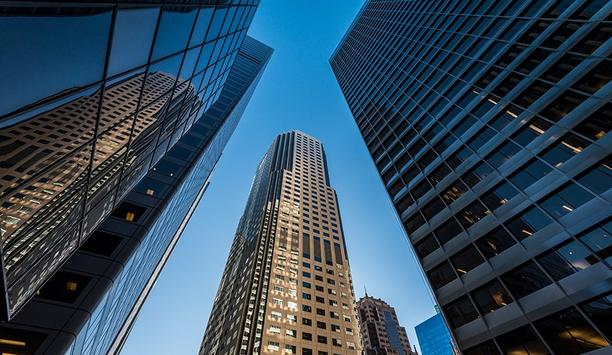Despite the huge amount of video data collected, statistics show that only 10 percent of data is ever used and most loses its value within seconds of being generated. Why use such a limited amount of data?
Many security organisations are focused on delivering the right information in case of an emergency or providing the correct evidence after a criminal act. Yet the fact is, a new video security system can be a large investment. Together with the service, maintenance and management costs associated with it, most video systems are currently considered overhead.
So how can you maximise the value of your video system? Video analytics ensure surveillance images are continuously analysed in real-time to alert users to things that need attention. This helps organisations make sense of video data and adds an extra layer of protection by providing alerts to potential security risks before or as they occur, such as detecting loitering in a parking lot or a perimeter breach after hours.Integrating analytic alerts with other security systems enables organisations to use the data to trigger responses from other components of the security solution
Video analytics can be programmed to alert on things such as line/perimeter crossing, illegal parking, loitering: people counting, speeding in areas like parking lots, colour matching alerts. These are just some of the ways video analytics can assist to enhance security and safety.
Video analytics trigger system events
Integrating analytic alerts with other security systems enables organisations to use the data to trigger responses from other components of the security solution. This can increase overall security, better mitigate risk, and reduce complexity for users to improve efficiency.
For example, intelligent cameras equipped with video analytics can initiate intrusion detection system events when alarms are triggered. The analytic alert can immediately fault a corresponding point on the panel. This can prompt the panel to communicate the alarm to the central station or to send video snapshots to security personnel.
In a retail store or warehouse environment, video analytics can also alert to an emergency exit that has been blocked by a pallet of boxes or by another object. Using an idle object rule, the IP camera with analytics can alert when an object remains in the area for longer than a pre-defined amount of time.
 |
| People counting and crowd detection can also help organisations improve customer satisfaction by monitoring for long lines or people gathered in an area |
When this occurs, the alert can fault a point on the intrusion control panel, which can then send an email or text message with a video snapshot to the store or warehouse manager. This can help to prevent code violations and unsafe conditions.
Extending beyond security
Not only can video analytics detect threats, alert to security breaches, and help enforce health and safety regulations, it can also do much more. It can enable organisations to re-purpose the data for new uses for the business—offering valuable insights to other departments within an organisation, such as providing the ability to analyse behaviour in retail stores to help merchandisers create more effective display placements.
How is this possible? Analytics can provide organisations with the additional information about video data that they need to re-purpose it for a business advantage. The cameras can interpret data directly at the source and re-assign it to help organisations make smarter decisions.By providing business information that goes beyond conventional security applications, new functionality can easily be added to a video security system
This includes monitoring presence to reduce utility bills, identifying patterns in customer activity to improve sales, and distinguishing road blocks to optimise retail shop layout and increase customer satisfaction.
Improving customer satisfaction
People counting and crowd detection can also help organisations improve customer satisfaction by monitoring for long lines or people gathered in an area, indicating additional assistance may be needed.
By providing business information that goes beyond conventional security applications, new functionality can easily be added to a video security system. In this way, video analytics can help organisations reduce costs, increase efficiency, and improve sales.
The organisation gains greater value from the system and a return on investment that can be measured in tangible business results. Then, the video system is no longer considered overhead.
Overall, using video analytics as part of an integrated security system and fully using the data gained from the analytics can help you better meet your organisation’s needs for security and extend surveillance data to deliver additional business benefits. I believe that every business should be able to take advantages of these advances in technology - without the need for additional investment or a license fee.
Every business is different, and new analytics solutions should be adaptaple to meet your exact needs. Thinking beyond security opens up video analytics to revolutionise how video data will be used in the future and can take data usage to a whole new level.








